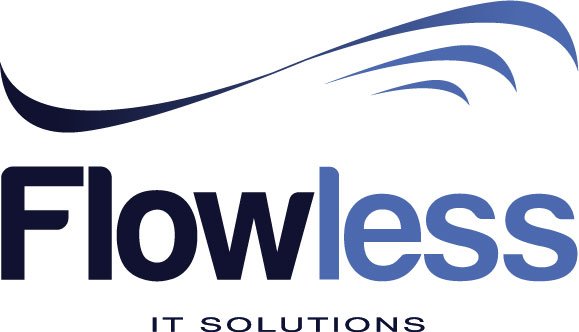Remote working is the new norm of working. This has created some confusion within the agile development teams. However, it is still important to ensure adhering to the agile practices, even if we are working remotely.
To ensure agile working from remote locations, it is important to be equipped with the correct tools, equipment, and workspace. This will help the team members of an agile team to remain comfortable and productive with whatever the work they do and stay away from being distracted. On the other hand, it is important to be present at any given time and converse effectively with the team members. Collaboration tools will be able to provide much-needed support to ensure it. The disciplined agile teams are always capable of locating the best methods to refrain from context switching and to avoid distractions.
The remote working approach should be aligned with agile ceremonies at all times as well. For example, the scrum masters will need to come up with new methods to conduct meetings. These methods should be dependent upon the size of the team as well. For example, it is possible for the scrum master to share the scrum board in the daily standup, whereas all the other team members will be able to contribute towards the digital daily standup.
While working from home, it is important to review the agile development strategies as well. The main objective of this reviewing process would be to reduce the risks that are associated with the developments. If the agile team is highly collaborative, it will be possible for them to work together and reduce the overall risk. The team members will need to contribute based on their strengths and offer the highest level of support to overcome struggles in the long run.
— Slimane Zouggari
